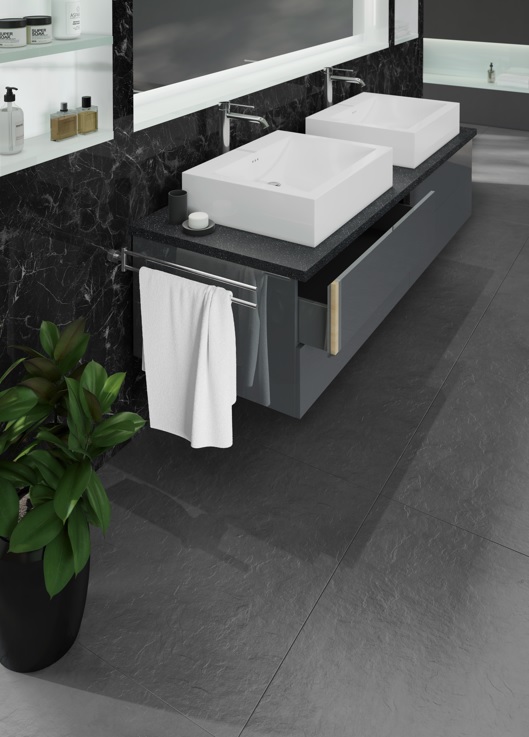With more homeowners concerned about hygiene than ever before, there has been a real focus on how best to design a safe environment that protects the health of all of those living in the household. Here, Scott Williams, National Sales Manager for REHAU Furniture Solutions, comments on the different ways to increase hygiene in the home:
The pandemic has really opened everyone’s eyes to the need to protect the health and wellbeing of those around us. In fact, as part of our Designing Different report, REHAU commissioned consumer research which found that 67% of the 2,000 homeowners surveyed had more awareness of the bacteria on surfaces in the home. So, it’s essential that homeowners and designers are aware of the different ways to improve hygiene levels.
Interaction levels
Each day we all touch thousands of objects and surfaces, from personal possessions to items of furniture and door handles without thinking twice about it. It’s an integral part of our human nature and is something that people have now, unsurprisingly, become more conscious of since the pandemic. After touching these surfaces, we then tend to touch our face causing us to absorb any organisms lurking on surfaces, including bacteria and viruses, leading to potential illness.
This makes surfaces some of the biggest carriers when it comes to spreading viruses and bacteria, while we can’t just eliminate all surfaces to counteract this, we can make sure those in the home are specially designed to reduce the transfer of these bugs.

Safer surfaces
There are lots of options available to homeowners wanting to update their interiors with surfaces that look stylish and create a statement, while also protecting the household from infections.
As such, surfaces which are easy to keep clean, such as non-porous options that don’t harbour bacteria, are growing in popularity as they provide better peace of mind. This is why it’s key to consider the materials used within homes to improve hygiene levels.
While opting for hygienic surfaces which are specially designed to keep germs at bay is important, this doesn’t have to mean creating a clinical look. REHAU’s RAUVISIO Noir, Crystal and Brilliant ranges are all available in the health.protect surface solution. These are antibacterial solutions which form a protective layer using silver ions, making it impossible for bacteria to attach to the surface. This destroys 99% of bacteria within 24 hours, making it ideal for worktops in the kitchen where food is prepared.
Gain an edge
Thinking about the materials and surfaces we come into contact with from a holistic point of view helps to achieve better protection. When it comes to kitchens and bathrooms, this requires looking at each aspect of the environment, not just the surfaces.
Easily overlooked, but just as important as surfaces when it comes to minimising germs in the home, are edgebands. The way these are joined impacts their level of cleanliness. For example, edgebanding which uses zero-joint technology to prevent germs building up along edges has become a more favourable option to those concerned about hygiene. Compared to the common adhesive solutions, the joints are closed towards filth and dirt which are often a breeding ground for bacteria.
Zero-joint technology edgebanding helps to minimise time spent cleaning – an important consideration with easy maintenance being essential to 91% of people when choosing a new kitchen or bathroom.
For those wanting a streamlined look in their home, REHAU’s health.protect surfaces come with matching zero joint edgebanding, so there’s no need to prioritise safety over style as both can be achieved.
In general, people have an increased concern over hygiene levels in the home, however they still want to create spaces with personality and style. Therefore, finding the balance between the two is vital. Opting for matching product ranges supports this aim while keeping everyone safe.
To find out more about the latest hygienic options, visit REHAU’s website here: https://www.rehau.com/uk-en/interiors.


